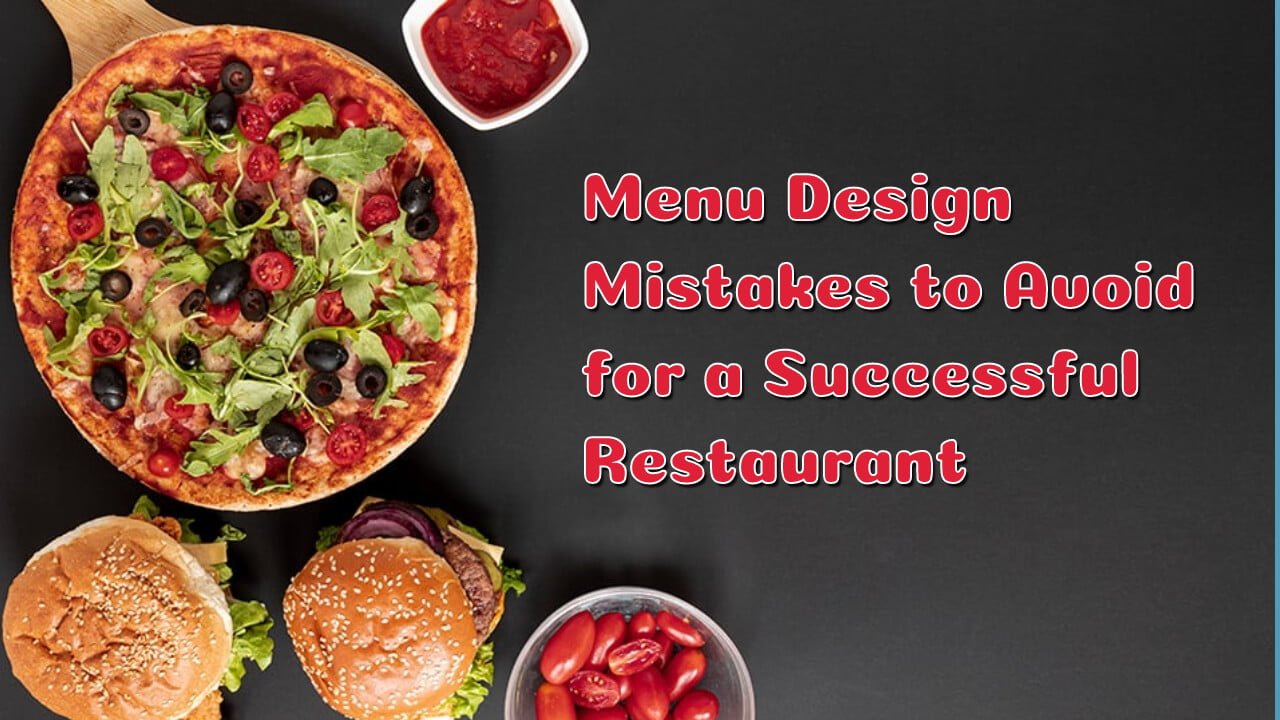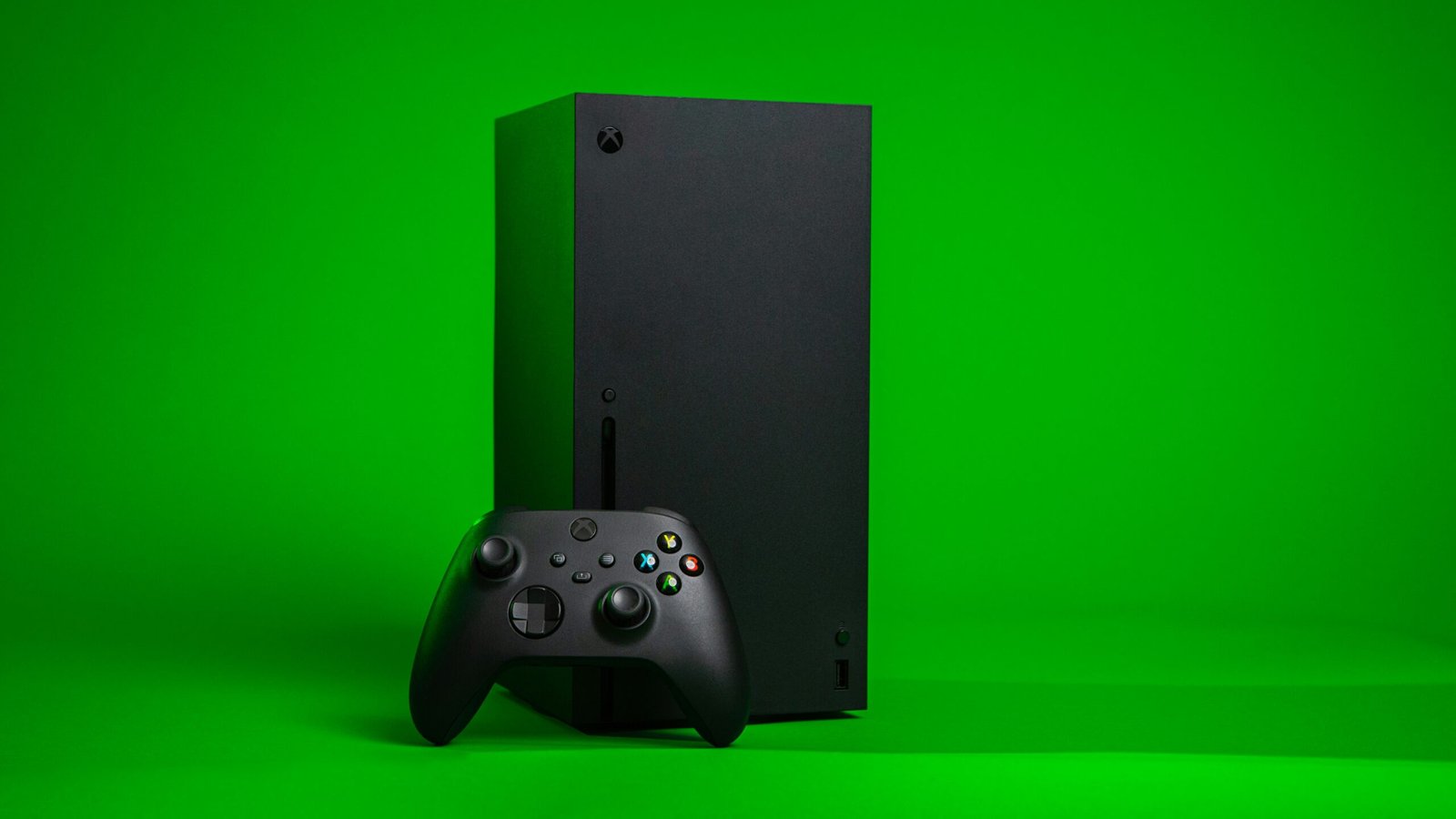In the bustling world of dining, a restaurant’s success hinges not just on the food it serves but also on the design of its menu.
A well-crafted menu isn’t merely a list of dishes; it’s a strategic instrument that can entice, inform, and guide customers toward a delightful dining experience. However, it’s all too easy to fall into common pitfalls that can hinder rather than help. Here, we explore some prevalent menu design mistakes that restaurants should avoid to ensure their menu doesn’t just tantalize taste buds but also boosts business.
1. Lack of Visual Hierarchy: The Confusion Conundrum
Menus without a visual hierarchy resemble a chaotic city without signposts. Establishing a clear visual hierarchy directs attention. Use font sizes, styles, and colors strategically to highlight specials, showcase popular dishes, or denote the chef’s recommendations. This simple tactic guides customers toward what the restaurant wants them to notice. For instance, incorporating these free menu design templates can be an advantageous strategy to streamline the visual layout, making it easier to emphasize these key menu elements while enhancing the overall aesthetic appeal.
2. Cluttered Layouts: The Overwhelming Menace
A cluttered menu overwhelms customers. It’s akin to entering a maze without a map. The eyes dart around, trying to make sense of a jumble of dishes, prices, and descriptions. Instead, opt for a clean and organized layout. Group similar items together, use white space to create visual breathing room and employ clear headings to guide customers seamlessly through the menu.
3. Absence of Descriptive Details: The Mystery Menace
Menus that lack descriptive details leave customers in the dark. Descriptions shouldn’t merely list ingredients but should paint a picture, evoke flavors, and tantalize taste buds. Succinct, vivid descriptions enhance the dining experience by engaging the senses without overwhelming the reader.
4. Inconsistent Branding: The Identity Crisis
Inconsistency in menu design versus the restaurant’s brand creates confusion. A menu should echo the establishment’s identity. From color schemes to imagery, aligning the menu design with the restaurant’s theme and ambiance reinforces brand recognition, creating a cohesive dining experience.
5. Poor Typography: The Readability Roadblock
Typography is the language of the menu. Illegible fonts or chaotic text arrangements disrupt the flow. Opt for clear, readable fonts and maintain consistency in style and size throughout. Adequate spacing and formatting aid readability, ensuring customers focus on the dishes, not deciphering the text.
6. Ignoring Visual Elements: The Aesthetic Abyss
Visuals tantalize the senses. Absence or poor-quality images fail to convey the essence of the dishes. High-quality, appetizing images can elevate the dining experience by engaging customers visually. However, accuracy is paramount; images should reflect the actual dish to avoid disappointment.
7. Pricing Predicaments: The Cost Confusion
Confusing or hidden pricing creates unease. Clear, well-formatted pricing eliminates surprises. Customers should easily comprehend prices without needing a decoder. Avoid unconventional symbols or ambiguous formatting that might befuddle patrons.
8. Neglecting Seasonal Updates: The Stagnation Stumble
Menus stuck in a time warp miss the opportunity to embrace seasonal delights. Introducing seasonal variations or occasional updates keeps the menu fresh and alluring. It showcases the restaurant’s adaptability, catering to changing tastes and trends.
9. Overcrowding with Options: The Paradox of Choice
While variety is tempting, too many choices overwhelm. Strike a balance by offering a diverse yet manageable selection. Customers appreciate options without feeling lost in a sea of dishes, facilitating quicker decision-making.
10. Lack of Space for Feedback: The Lost Learning Opportunity
Omitting space for feedback denies restaurants valuable insights. Encourage engagement by including a section for customer feedback. It demonstrates receptiveness to suggestions, fostering a sense of partnership and showing dedication to continual improvement.
11. Lack of Allergen Information: The Safety Oversight
In today’s dining landscape, allergen awareness is crucial. Neglecting to provide clear and comprehensive information about allergens in dishes poses a significant risk. Ensure the menu includes prominent allergen indicators or a separate section outlining potential allergens present in each dish, fostering a safe dining environment for all patrons.
12. Excessive Jargon or Unfamiliar Terminology: The Language Barrier
Menus filled with complex culinary jargon or unfamiliar terminology alienate customers. Avoid overwhelming diners with intricate terms; instead, use simple and relatable language to describe dishes. Clear, concise descriptions aid understanding, enabling customers to make informed choices without feeling intimidated.
13. Inadequate Menu Testing: The Oversight Gambit
Rolling out a menu without adequate testing is akin to setting sail without a compass. Failure to test menu layouts, descriptions, or pricing structures might lead to unforeseen challenges. Conduct thorough tests or gather feedback from a diverse group of individuals to identify potential issues before launching the menu to the public.
14. Neglecting Menu Maintenance: The Outdated Dilemma
Menus that remain static for extended periods become stale. Neglecting regular updates, especially in the digital era where trends evolve swiftly, can lead to a dated menu. Regularly review and refresh the menu, incorporating seasonal changes, new offerings, or customer favorites to keep patrons intrigued and engaged.
15. Overlooking Sustainable Practices: The Ethical Oversight
Amid growing environmental consciousness, overlooking sustainability in menu design is a missed opportunity. Neglecting to highlight sustainable sourcing, eco-friendly practices, or locally sourced ingredients might alienate eco-conscious customers. Showcase the restaurant’s commitment to sustainability through menu design, demonstrating ethical responsibility and attracting like-minded patrons.
Conclusion
By steering clear of these additional menu design mistakes, restaurants can fortify their appeal, foster inclusivity, and align with contemporary dining expectations. A thoughtfully curated menu not only tantalizes taste buds but also communicates the restaurant’s values, ensuring a memorable dining experience for every guest.
Also Read: The Benefits of Using Beautiful Menus for Restaurants










